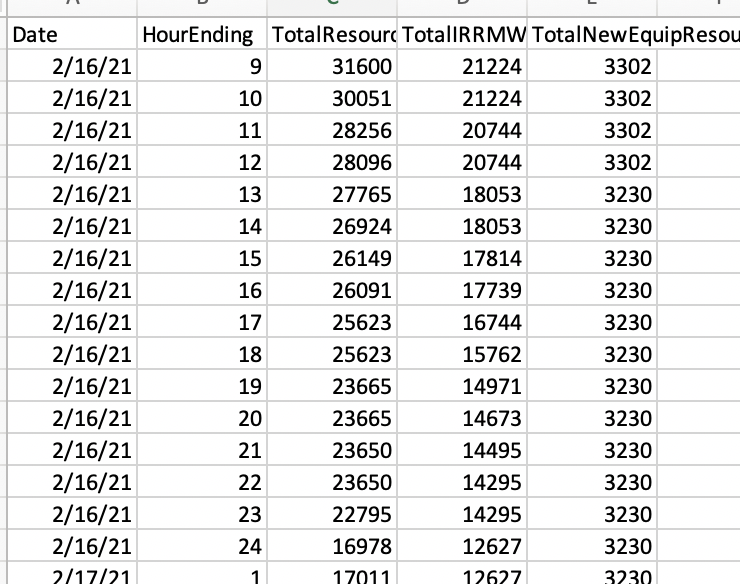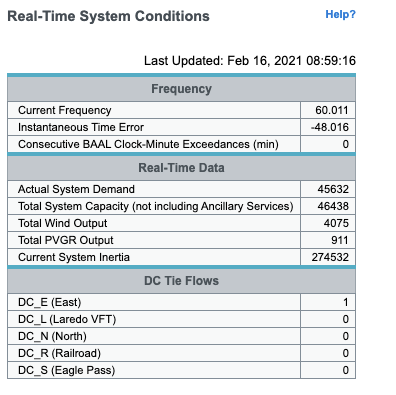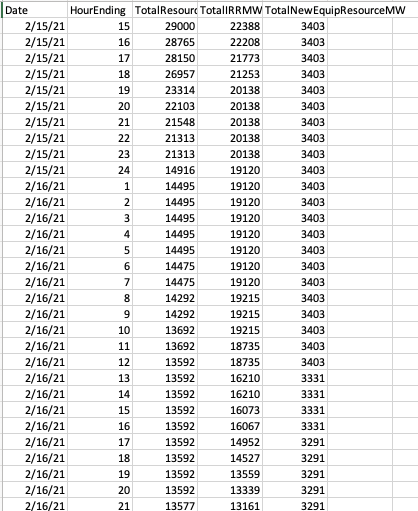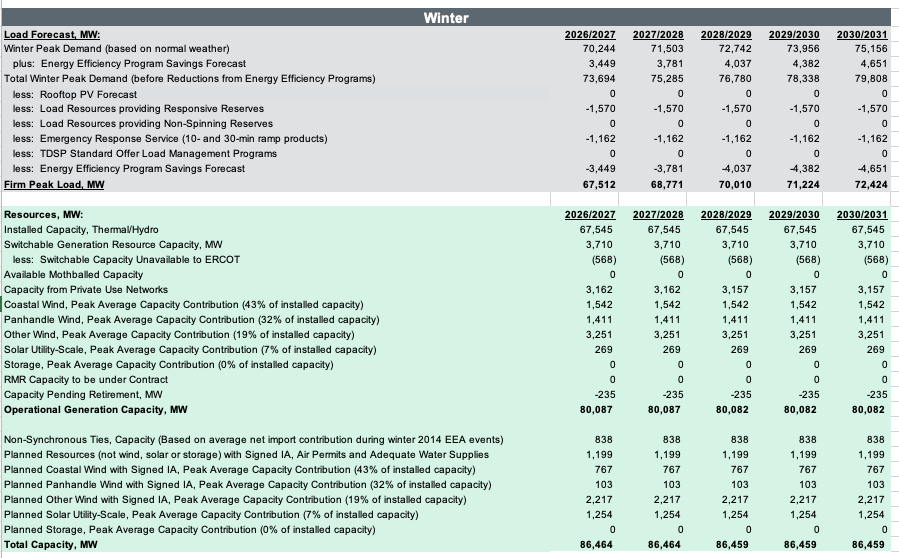
As we talk about how to ensure a just & equitable transition to a net-zero emissions economy (see e.g. NASEM nap.edu/resource/25932…), I highly recommend @OPB's Timber Wars podcast, which documents a tumultous economic transition that shaped my home state opb.org/show/timberwar…
A transition to a net-zero emissions economy can drive a net increase of 0.5-1 million jobs by 2030 and 2-3 million by 2050, according to the @Princeton NET-ZERO AMERICA study, but that topline hides significant regional and local economic transformations & potential dislocations 

I was too young to remember living through these days, but I grew up in the economic and physical landscape it left behind. This history is in my blood, in the names and historic economic centers of the places I grew up.
I was born in the 1980s and raised in Forest Grove, OR. I lived 1st years near a town called Timber, up in the Coast Range. My father first moved to the state to work for the Forest Service & I spent my weekends and summers hiking and camping in Oregon National Forests.
I think we can learn a lot from the history of the 'Timber Wars' in the late 1980s and the end of Oregon's timber-based economy, as we consider how best to help those people and communities who have fueled our economy for a century or more & ensure a just clean energy transition.
I'll tag in @resilientplaces here when she's up for it to share some of the great scholarship on this topic. See also the extensive discussion of key strategies to manage a just and equitable transition of energy-centered economies in @theNASEM report here nap.edu/resource/25932…
• • •
Missing some Tweet in this thread? You can try to
force a refresh







